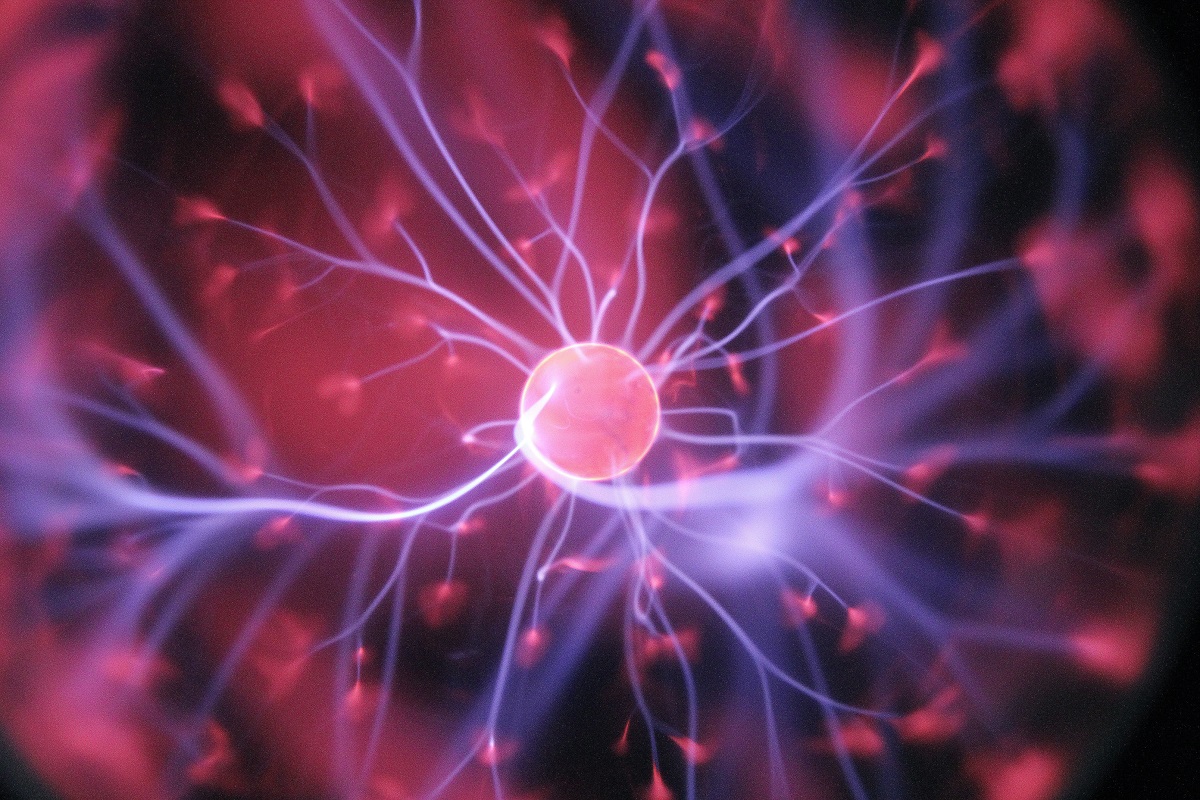Most energy-producing methods utilized today are unsustainable because they harm our planet’s natural ecosystem. In recent years, experts throughout the globe have been attempting to develop alternative energy solutions that make use of plentiful and natural resources.
In addition to solar, wind, and marine energy options, several scientists and engineers have been investigating the prospect of obtaining energy from nuclear energy fusion processes. This is the reaction that takes place when two atomic nuclei unite to generate a heavier nucleus and an energetic neutron, Phys.org explains.
Two research teams at the Lawrence Livermore National Laboratory’s (LLNL) National Ignition Facility (NIF) presented novel techniques to increase nuclear energy output using a laser-driven fusion reaction. Their discoveries, which were reported in recent Nature and Nature Physics journals, bring up new and intriguing prospects for exploiting self-heating plasmas as sustainable energy sources in the future.
Building on decades of earlier work in inertial fusion research, that plan aimed for greatly expanding the size of the fuel capsule inside the fusion target, which enhances the energy content of the fusion fuel while decreasing the rate of cooling. This discovery, nicknamed ‘high yield big radius implosion design’ (HYBRID), served as the foundation for the researchers’ most recent tests.
The new study by the Lawrence Livermore National Laboratory is a significant step forward for the scientific community investigating nuclear fusion processes. It may eventually allow the introduction of alternative energy solutions based on self-heating plasmas, in addition to resolving a long-standing research difficulty in the area.
“Having access to this regime allows us to research these extreme plasmas and is a vital first step toward our ultimate aim of attaining ignition and substantial energy gains,” Kritcher said. “Our future work will involve changes to the target design to enhance the quantity of initial fusion and re-absorption of fusion products, resulting in larger gains. Finally, we shall investigate these novel plasma systems.”
The two teams want to explore the burning plasma condition they found in more detail in their future investigations in order to better grasp the physics underlying it. Furthermore, they would aim to increase the resilience of their design, for example, by lowering shot-to-shot fluctuation.

